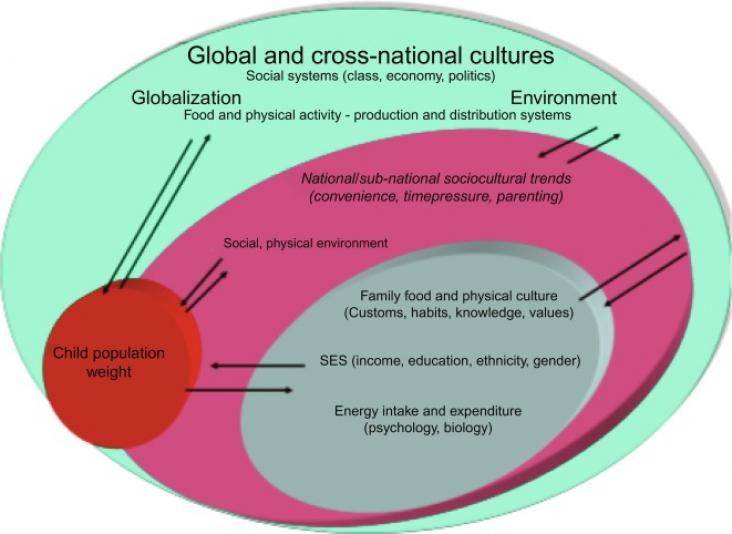Ensure inclusive and equitable quality education and promote lifelong learning opportunities for all
This chapter advances Goals 4 and 10 by discussing the relationship between human rights and archaeology. The relation between death, war and heritage is also discussed, as a fundamental concern of archaeology's theory and praxis that seldom turns out to be helpful to the public's concerns or needs.
This chapter advances Goals 4, 10, and 3 by providing an overview of human rights education in formal and non-formal educational spaces and in professional settings. It includes current debates in the field around the pedagogy and practice of teaching human rights.
This chapter advances Goals 4 and 19 by describing some of the ways in which Education International approaches some of key issues of policy and practice, both long-standing, such as social equality and human rights, and those that are emerging, such as uses of new technologies, privatization, decolonization of education and climate change.
This chapter advances Goals 4 and 10 by educating hand surgeons on how to be true allies and how to increase diversity and inclusion.
This chapter advances SDGs 3, 4, and 10 by exploring topics with emphasis on the benefits and challenges of talking with youth about race and identity, strategies for coping, and ways that we can help promote racial healing in ourselves and our communities.
Elsevier,
Libraries, Digital Information, and COVID Practical Applications and Approaches to Challenge and Change Chandos Digital Information Review 2021, Pages 111-118
This book chapter advances SDG3 Good Health and Wellbeing and SDG10 Reducing Inequalities by focusing on the emerging themes in higher education during the pandemic including disabled student needs.
Elsevier,
Heterogeneous Contributions to Numerical Cognition Learning and Education in Mathematical Cognition 2021, Pages 327-357
This book chapter advances SDG4 Quality Education and SDG 10 Reducing Inequalities by examining potential predictors for arithmetic abilities of children with and without AD.
Teenagers were recruited from five schools in the North East of England; teenagers were approached by their teacher and asked if they would like to take part in the research. Participants were categorized as low SES based on parental educational background and parental income. The goal of SDG Goal 4.6 By 2030, ensure that all youth and a substantial proportion of adults, both men and women, achieve literacy and numeracy
This chapter addresses SDGs 4 and 10 by offering a systematic process for ensuring the effective application of assistive technologies with a focus on the relationship between the human user and the assisted activity within specific contexts.
Elsevier,
Global Perspectives on Childhood Obesity (Second Edition), Current Status, Consequences and Prevention, 2019, Pages 105-116

Argues that prevention of obesity in childhood as the most effective way of stemming the “obesity epidemic” over the long term. Supports SDG: 2.2.2 Prevalence of malnutrition (weight for height >+2 or
